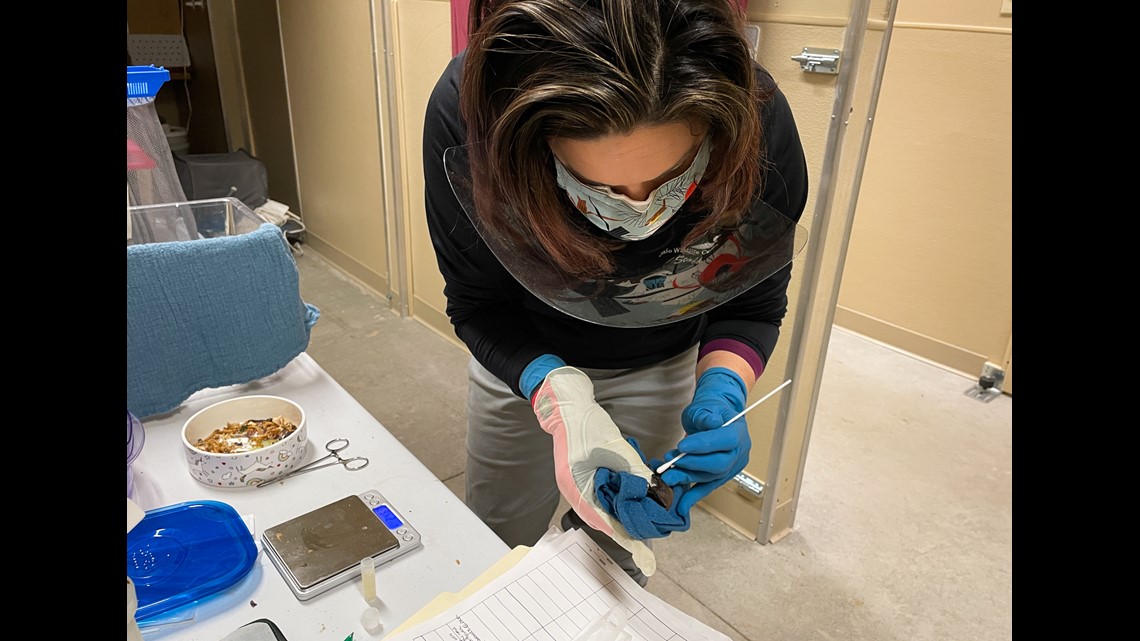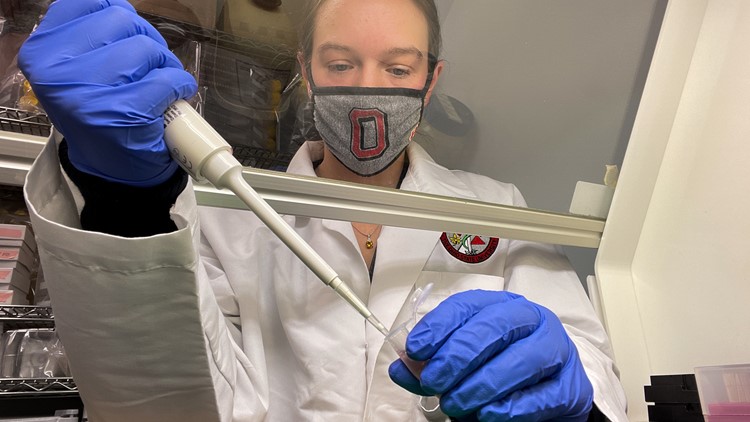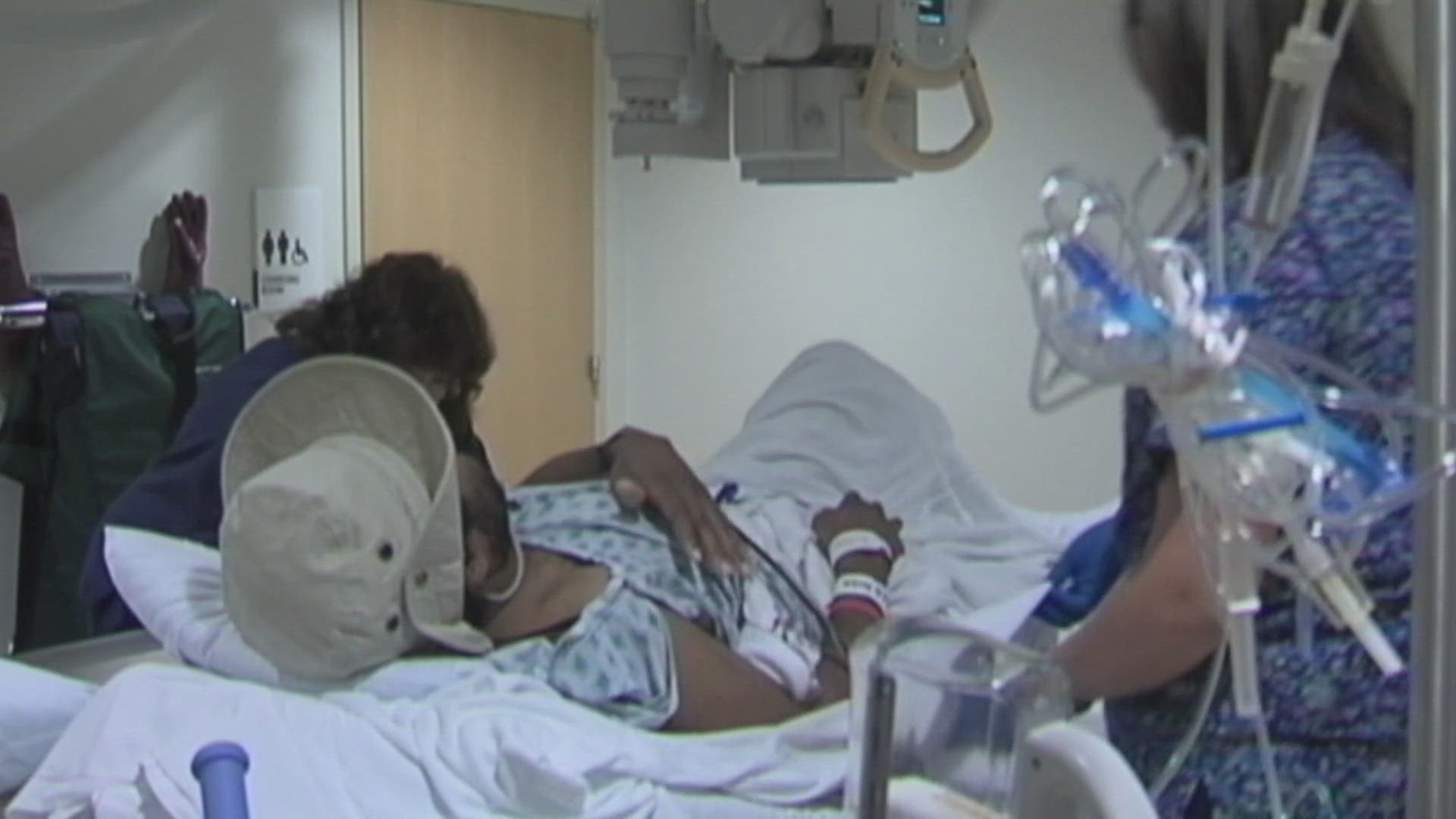COLUMBUS, Ohio — While much effort is currently invested in understanding how COVID-19 (SARS-CoV-2) spreads among and infects humans, researchers at The Ohio State University are focusing on better understanding how the virus might arise and mutate in animal populations, and in turn impact humans.
Dr. Vanessa L. Hale, assistant professor of veterinary preventive medicine at The Ohio State University College of Veterinary Medicine, alongside peers from the Infectious Disease Institute and Center of Microbiome Science, is coordinating the efforts of investigators across various departments and colleges at Ohio State.
“We’re seeing that it’s not good enough to just respond to a pandemic. We need to be prepared for it in terms of strategies and logistics and understand the science behind animal to human and human to animal disease transmission,” Hale said.
“We spend a lot of time understanding how the disease transmits within humans, and now we are taking a step back to examine if animals can carry the virus, if they get sick and whether they can re-infect humans. Finding the answers to these questions will help predict and prevent future infections.”


The University-wide program including veterinarians, microbiologists and epidemiologists is known as eSCOUT: Environmental Surveillance for COVID-19 in Ohio: Understanding Transmission. Together, these experts are testing pets, farm animals and wildlife and examining samples in the lab.
The goal is to identify whether the virus exists in different animal populations and the likelihood that those animals could harbor mutations and potentially pass COVID-19 back to humans in a new form.
Identifying SARS-CoV-2 in animals can help to start answering questions about what kinds of animals can be infected, symptomatically or asymptomatically, and if these animals can then transmit the virus to other animals or people. Environmental and animal surveillance will provide critical insights on current circulating SARS-CoV-2 strains as well as emerging mutations and spread. This monitoring is vital to help predict and prevent future outbreaks and spillover events.


eSCOUT is also involved in testing wastewater and storm water (also referred to as urban runoff) around Ohio for SARS-CoV-2. Researches say that identifying the virus in wastewater can help determine how much and what strain of virus is circulating within a population. Viral spikes in wastewater also allow early detection of outbreaks.
“Pandemics really highlight one health, which is human health, animal health and environmental health. Veterinarians, as well as environmental microbiologists, wildlife biologists and epidemiologists are really essential to understanding the whole dynamic of a pandemic,” Hale said.
Environmental surveillance has been used in the past to identify new strains of the flu that could potentially spillover from animals to humans. It’s likely that this same kind of surveillance will play a critical role in mitigating the COVID-19 pandemic as well as long-term preventive efforts.



